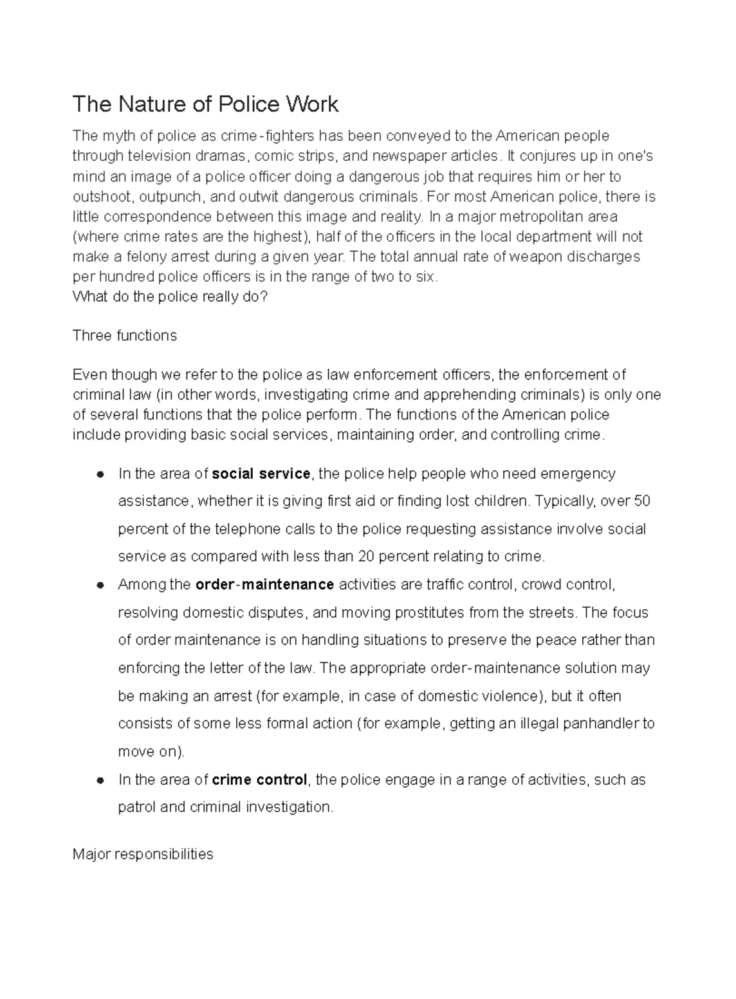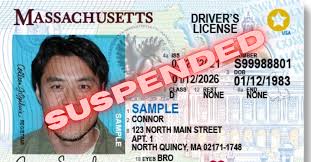Case Law for Law Enforcement and Its Application in Police Work
Case law plays a critical role in law enforcement by shaping how police officers carry out their duties. It refers to the collection of past legal decisions made by courts that establish legal principles and guidelines. These cases serve as precedents, influencing the actions of law enforcement agencies. Understanding case law is essential for police officers, as it helps them navigate complex legal landscapes while ensuring the protection of citizens’ rights. In this blog post, we will explore the significance of case law in police procedures and highlight key cases that have impacted law enforcement practices.
Importance of Case Law in Police Procedures
Case law is fundamental in guiding police procedures and ensuring accountability. Here are some reasons why it is important:
- Establishes Legal Standards: Case law provides specific guidelines that law enforcement must follow, helping to ensure fair treatment of all individuals.
- Protects Citizens’ Rights: By adhering to established case law, police officers can protect citizens’ constitutional rights during interactions.
- Promotes Consistency: Case law helps maintain consistency in law enforcement practices, leading to more predictable outcomes.
- Enhances Training: Knowledge of relevant case law is critical for police training programs, ensuring officers are informed about their legal obligations.
In summary, case law serves as a vital tool for police departments, providing a framework for lawful and ethical conduct.
Key Case Laws Affecting Law Enforcement Practices
Several landmark cases have significantly influenced law enforcement practices. Here are some of the most notable:
| Case Name | Year | Key Ruling |
|---|---|---|
| Miranda v. Arizona | 1966 | Established the requirement for police to inform suspects of their rights before interrogation. |
| Terry v. Ohio | 1968 | Allowed officers to stop and frisk individuals based on reasonable suspicion. |
| Gideon v. Wainwright | 1963 | Guaranteed the right to legal counsel for defendants in criminal cases. |
| California v. Acevedo | 1991 | Clarified the rules regarding searches of containers in vehicles. |
These cases, among others, have established essential legal standards that guide police conduct. Understanding these rulings is crucial for law enforcement to effectively perform their duties while respecting the rights of individuals.
How Case Law Guides Police Discretion
Police discretion refers to the authority granted to law enforcement officers to make decisions based on their judgment during encounters with the public. Case law plays a pivotal role in shaping this discretion. By setting legal standards, case law helps officers determine when to take action and how to handle various situations. Here are some ways case law guides police discretion:
- Clarifies Legal Boundaries: Case law defines the limits within which officers can operate, ensuring that their actions are lawful.
- Promotes Fairness: By adhering to established legal precedents, officers can make more equitable decisions, reducing bias in policing.
- Enhances Accountability: When officers understand the legal implications of their decisions, they are more likely to act responsibly and transparently.
- Informs Training Programs: Police training often incorporates relevant case law to ensure officers are prepared to make informed decisions in the field.
Ultimately, case law helps create a balance between effective law enforcement and the protection of citizens’ rights, guiding officers in their daily duties.
Impacts of Case Law on Arrests and Searches
Case law significantly impacts how arrests and searches are conducted by law enforcement. Several landmark cases have shaped the rules governing these critical areas:
| Case Name | Key Ruling | Impact on Arrests and Searches |
|---|---|---|
| Probable Cause Standard | Illinois v. Gates (1983) | Established a flexible standard for determining probable cause based on totality of circumstances. |
| Exclusionary Rule | Mapp v. Ohio (1961) | Ruled that evidence obtained through illegal searches cannot be used in court. |
| Search Incident to Arrest | Chimel v. California (1969) | Defined the scope of searches that can be conducted during an arrest. |
| Automobile Exception | Carroll v. United States (1925) | Allowed warrantless searches of vehicles based on probable cause. |
These cases ensure that arrests and searches are conducted within legal limits, protecting citizens’ rights while allowing police to perform their duties effectively. Officers must stay updated on these rulings to ensure compliance and avoid potential legal repercussions.
Case Law and Use of Force in Police Work
The use of force by police officers is a critical and often controversial aspect of law enforcement. Case law provides guidelines that help define when and how much force can be used. Understanding these legal standards is essential for officers to ensure that their actions are justified. Here are some key aspects of how case law influences the use of force:
- Reasonableness Standard: The Supreme Court’s decision in Graham v. Connor (1989) established that the use of force must be evaluated based on the perspective of a reasonable officer on the scene.
- Proportionality: Officers must use force proportional to the threat faced. Excessive force can lead to serious consequences for both the officer and the department.
- Duty to De-escalate: Case law encourages officers to employ de-escalation techniques before resorting to force, promoting safer outcomes for all parties involved.
- Impact on Training and Policies: Police departments often revise their use of force policies based on recent case law to ensure compliance and reduce liability.
By adhering to the principles established by case law, police can help foster trust within the community while ensuring their own actions are legally justified.
Training Law Enforcement on Relevant Case Law
Training law enforcement officers on relevant case law is crucial for ensuring that they understand their legal responsibilities and the rights of citizens. Effective training programs incorporate various elements to make this learning impactful. Here are some key components:
- Comprehensive Curriculum: Training should cover landmark cases and their implications for everyday policing. This helps officers grasp how these rulings influence their decisions.
- Interactive Workshops: Engaging workshops can facilitate discussions on real-life scenarios where case law applies, enhancing understanding through practical application.
- Ongoing Education: Given the evolving nature of case law, it’s important for officers to participate in ongoing education to stay updated on new rulings and their impacts.
- Scenario-Based Training: Using role-playing exercises allows officers to apply their knowledge of case law in controlled environments, preparing them for actual encounters.
By integrating these components, law enforcement agencies can ensure that officers are well-equipped to navigate legal challenges in their daily operations, ultimately leading to better community relations and adherence to the law.
Challenges Law Enforcement Faces with Case Law
While case law is essential for guiding police practices, law enforcement agencies often encounter challenges when implementing these legal standards. Some of the most significant hurdles include:
- Rapid Legal Changes: Case law is constantly evolving, and keeping up with these changes can be overwhelming for officers and departments.
- Inconsistent Training: Not all police agencies provide the same level of training on case law, leading to discrepancies in how officers interpret and apply the law.
- Community Scrutiny: With increased public awareness of legal rights, officers may face heightened scrutiny during interactions, complicating their decision-making processes.
- Liability Concerns: Misapplication of case law can lead to legal consequences for officers and departments, creating a climate of fear around decision-making.
Overcoming these challenges requires ongoing commitment from law enforcement agencies to prioritize education and adapt to the dynamic legal landscape.
Conclusion on the Role of Case Law in Policing
In conclusion, case law plays a fundamental role in shaping policing practices and ensuring that law enforcement operates within the bounds of the law. It not only establishes legal standards that guide police discretion but also protects the rights of citizens. As we’ve discussed, effective training on case law is essential for officers to make informed decisions in their daily duties.
However, challenges such as rapid legal changes and inconsistent training must be addressed to enhance law enforcement’s effectiveness. By committing to ongoing education and staying updated on relevant rulings, police agencies can foster accountability and community trust. Ultimately, case law serves as both a guide and a safeguard, ensuring that police work is conducted ethically and lawfully.
FAQs About Case Law and Law Enforcement
Understanding case law and its implications for law enforcement can be complex. Here are some frequently asked questions that help clarify this important topic:
What is case law?
Case law is a body of law established by the outcomes of previous court cases. It consists of judicial decisions that interpret statutes, regulations, and constitutional provisions. Courts use these past rulings as precedents to resolve similar legal issues in future cases.
Why is case law important for police officers?
Case law is crucial for police officers as it provides legal standards they must follow when conducting their duties. Understanding relevant case law helps officers ensure they respect citizens’ rights, make informed decisions during encounters, and protect themselves from legal liability.
How does case law affect police procedures?
Case law influences police procedures by establishing guidelines for various actions, such as arrests, searches, and the use of force. Officers must adhere to these legal standards to ensure their actions are lawful and justified. For example, the ruling in *Miranda v. Arizona* requires officers to inform suspects of their rights during an arrest.
What are the consequences of not following case law?
If police officers fail to follow case law, they may face serious consequences, including:
- Legal Liability: Officers and their departments can be held liable for unlawful actions, leading to lawsuits.
- Disciplinary Action: Failure to adhere to legal standards may result in disciplinary measures, including suspension or termination.
- Community Trust Issues: Not following case law can erode public trust in law enforcement, harming community relations.
How can law enforcement agencies ensure compliance with case law?
To ensure compliance with case law, law enforcement agencies can implement several strategies:
- Regular Training: Provide ongoing training programs focused on recent legal developments and case law updates.
- Policy Review: Regularly review and update departmental policies to reflect current case law.
- Legal Support: Establish partnerships with legal experts to assist in interpreting and applying case law effectively.
By addressing these FAQs, we hope to shed light on the significance of case law in law enforcement and encourage ongoing education and awareness within police departments.


